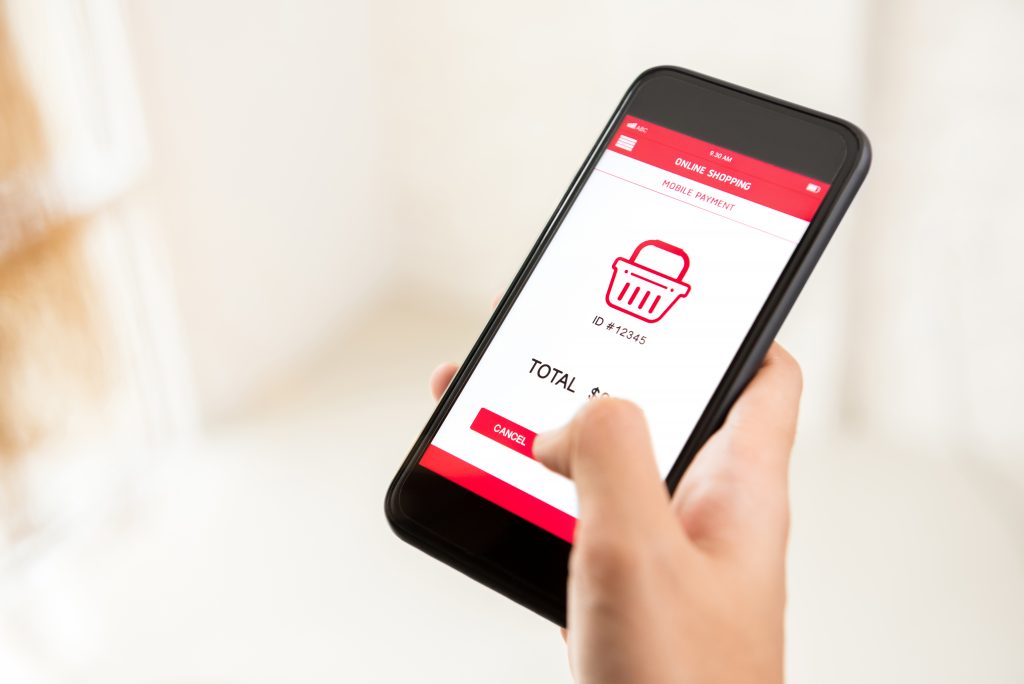To localize (partially) your mobile app or not to localize?

Maybe you’re already convinced that localizing your mobile app is a good strategy or maybe you’re still weighing up the pros and cons.
In any case, one of the decisions you may need to take before the localization process starts is whether to localize your app fully or to focus only on some parts. Should your localized app include all the content of the original product or should you create a simplified version adapted to the foreign market?
In other words, does partial localization make sense?
Yes, it does…
1. If you’re new to the localization game and want to test the new market or language, partial localization could be a good solution.
If it’s a mobile game, you could start from localizing the app store description and in-game texts (i.e. skipping the audio), and if it’s an extensive finance management app, maybe you could limit the localized version to few features, especially if the original content has tips and advice that are relevant to users in one country only.
Partial localization may help you determine if the new market and language are lucrative for your business, and based on your analysis you can then take a decision to fully localize your product and introduce more features in an update.
2. If your budget is limited and you don’t want to risk too much, partial localization can be a reasonable step.
You can, for example, choose to localize only the most important parts of the app or the features that are likely to generate revenue. Once you see your download, installation and conversion numbers grow, you can invest in full localization of your product to make it more competitive and attract even more users.
In this case, partial localization could be an effective compromise between the costs and benefits of adapting your mobile app for another market.
3. If your app has country specific content or many culture related items, you may want to skip some features and create a simplified app for the international market.
Such partially localized app may turn out to be more relevant and useful for the users on the new market, as they probably wouldn’t benefit much from country specific retirement plans explained in your financial app or recipes that use local ingredients not available elsewhere.
In this case you can either replace the local content developed for the specific market with content that is more suitable for your new target users or remove some local bits of the app, making it more general.
Nevertheless, conduct a proper market research before you decide between full or partial localization to be sure which parts of the app will work well on a new market, and which parts may come off as too foreign.
And no, it doesn’t…
1. There are also some cases when partial localization of your mobile app may turn out to be a poor investment.
One such example is when your app already has strong competition on the market you’re planning to enter. It might be other apps with similar features that were developed locally, or apps from the same category that have already been fully and successfully localized for the specific market.
In this case, if you’re convinced that your app has a potential and can attract a significant number of users, apply the rule: go all in or don’t go in at all. Depending on the app and market, chances are that in such case partial localization would only work to your disadvantage. Your app could fail to stay ahead of the competition, pouring the (partial) localization results down the drain.
2. Another reason to drop the idea of partial app localization is when it simply isn’t likely to result in an engaging or successful product. That’s why starting from a thorough market research is such an important step.
For example, if your English app is already quite popular in your target country and you want to take it to the next level by localizing into the local language, chances are that partial localization won’t help to make your product more successful. Your current users are already familiar with the features and adapting only some parts to their language and culture might disappoint or discourage them.
However, some markets and some user groups may appreciate even the smallest localization efforts, for example when the app store description or the most useful features are available in their language. That is, of course, if the localization is of high quality. Otherwise there will be no point in investing in localization, whether it is partial or not.
What is your experience with partial localization? Are you planning to introduce a simplified version of your mobile app to a new market?
About the author: Dorota Pawlak
Dorota Pawlak is a localization consultant for digital and Web 3.0 brands. She enjoys helping businesses enter new markets and is passionate about cultures, languages, and technology.
Share with friends